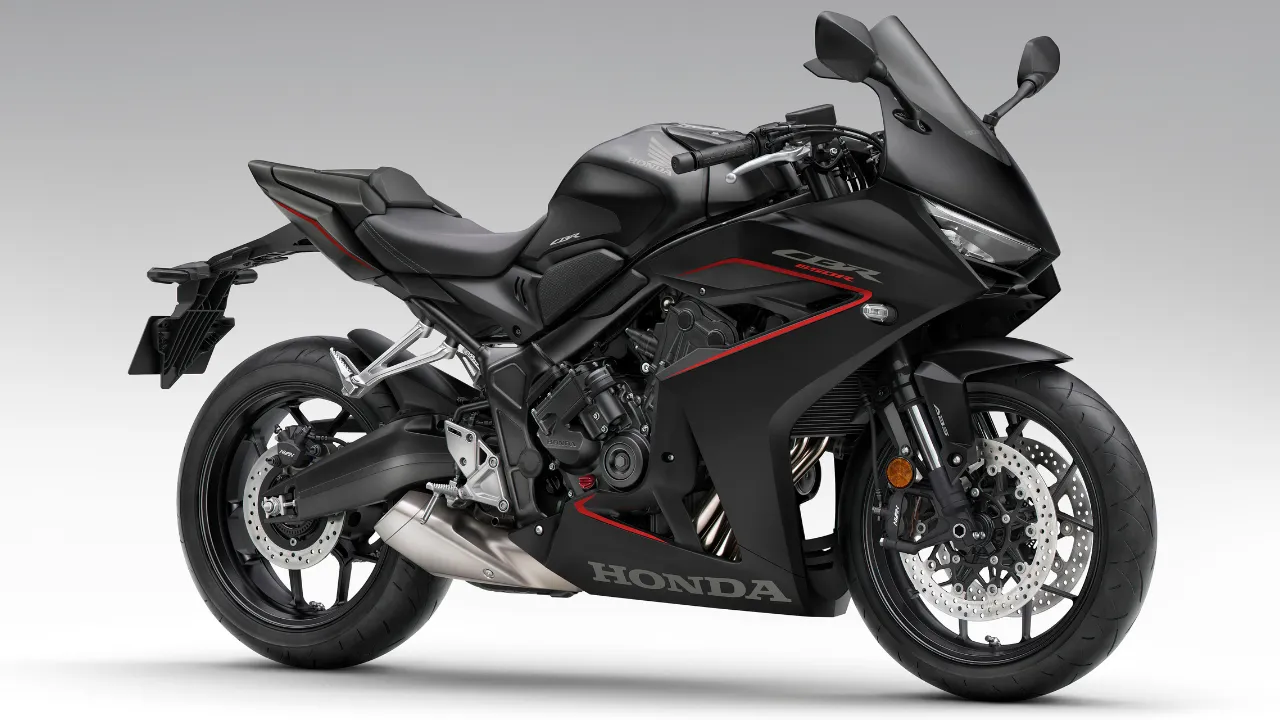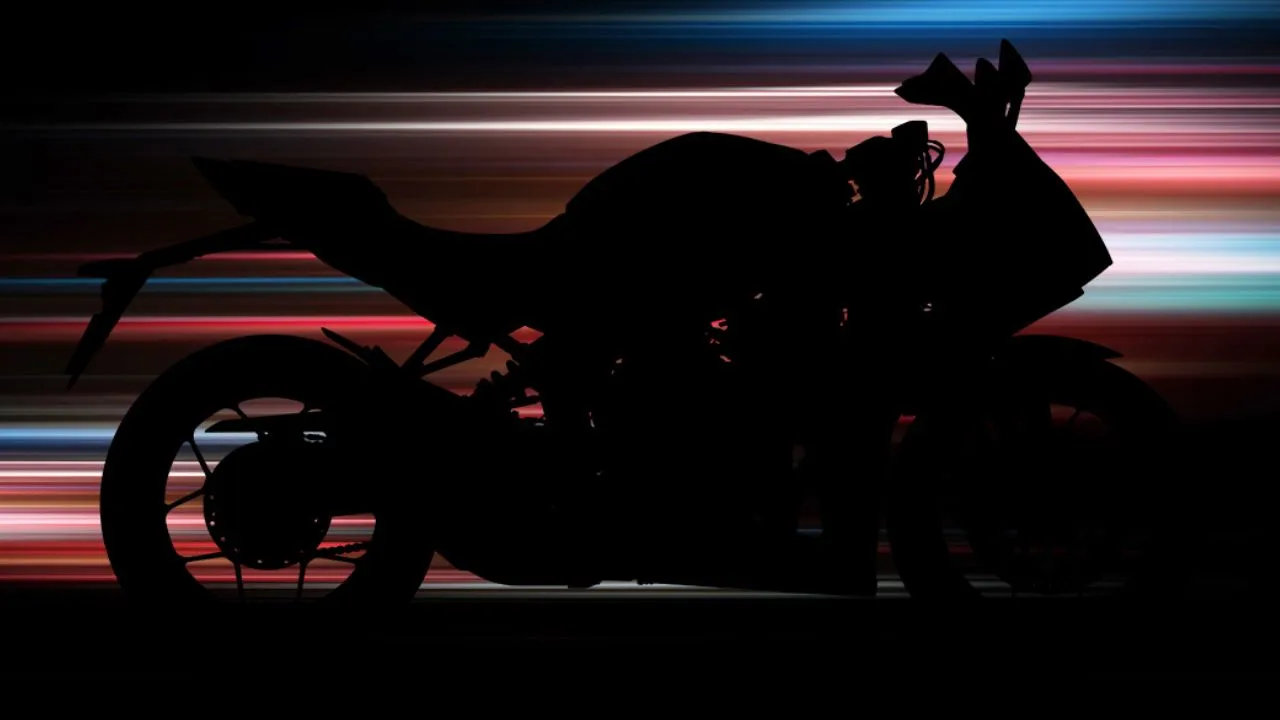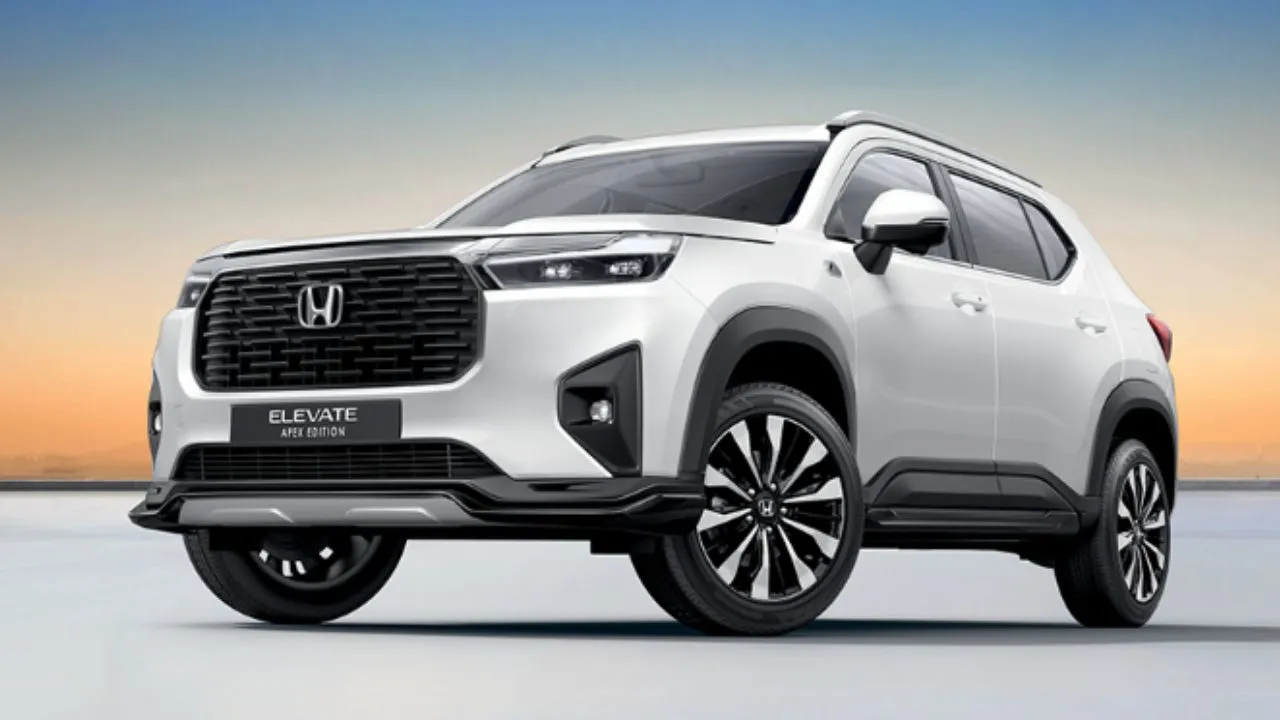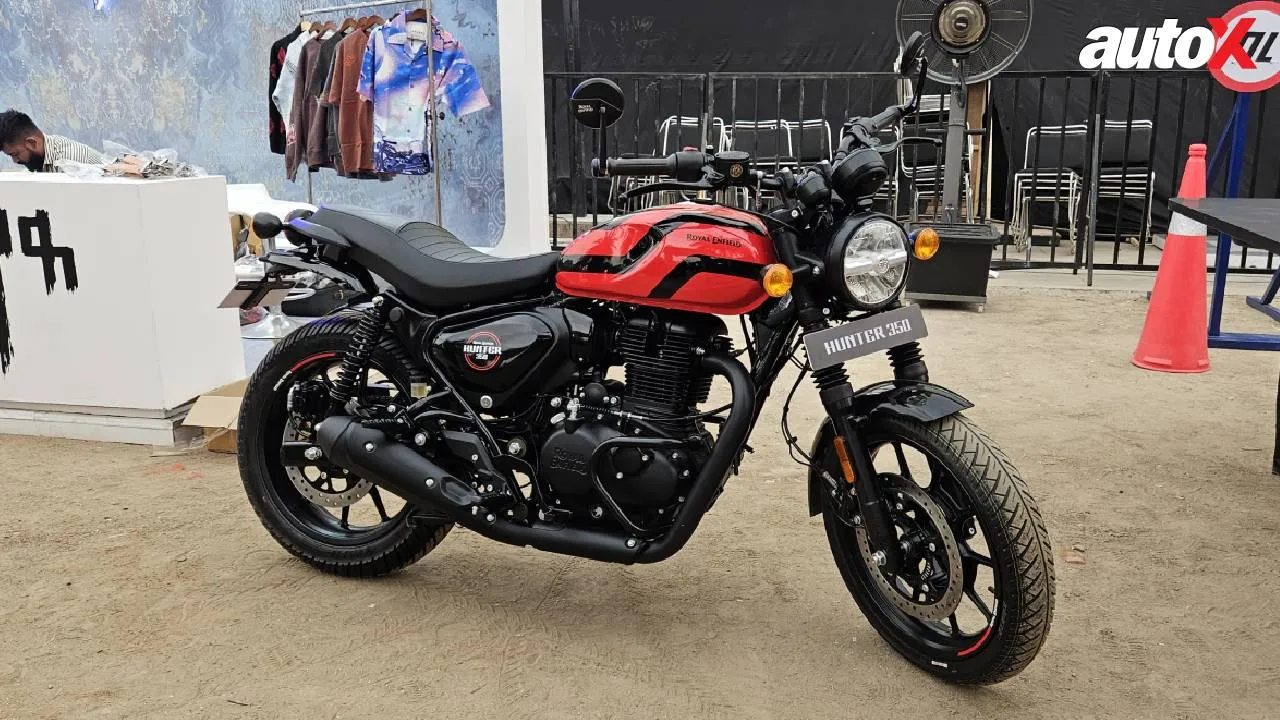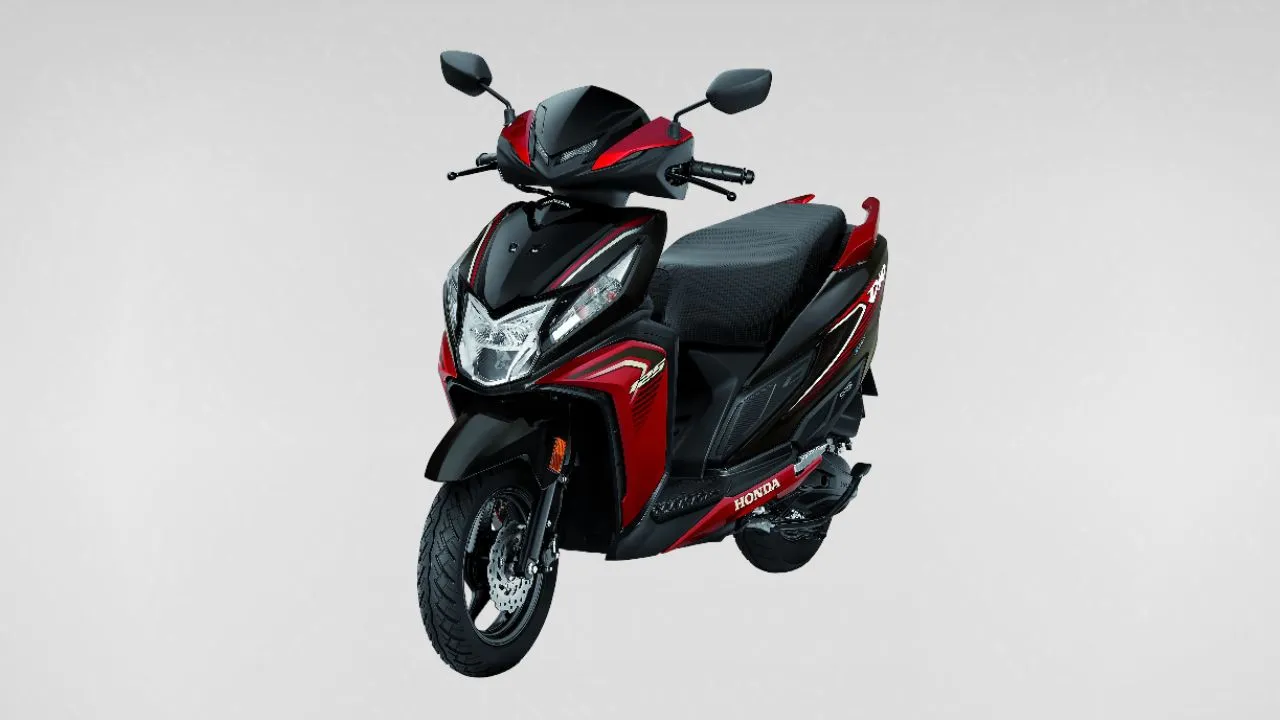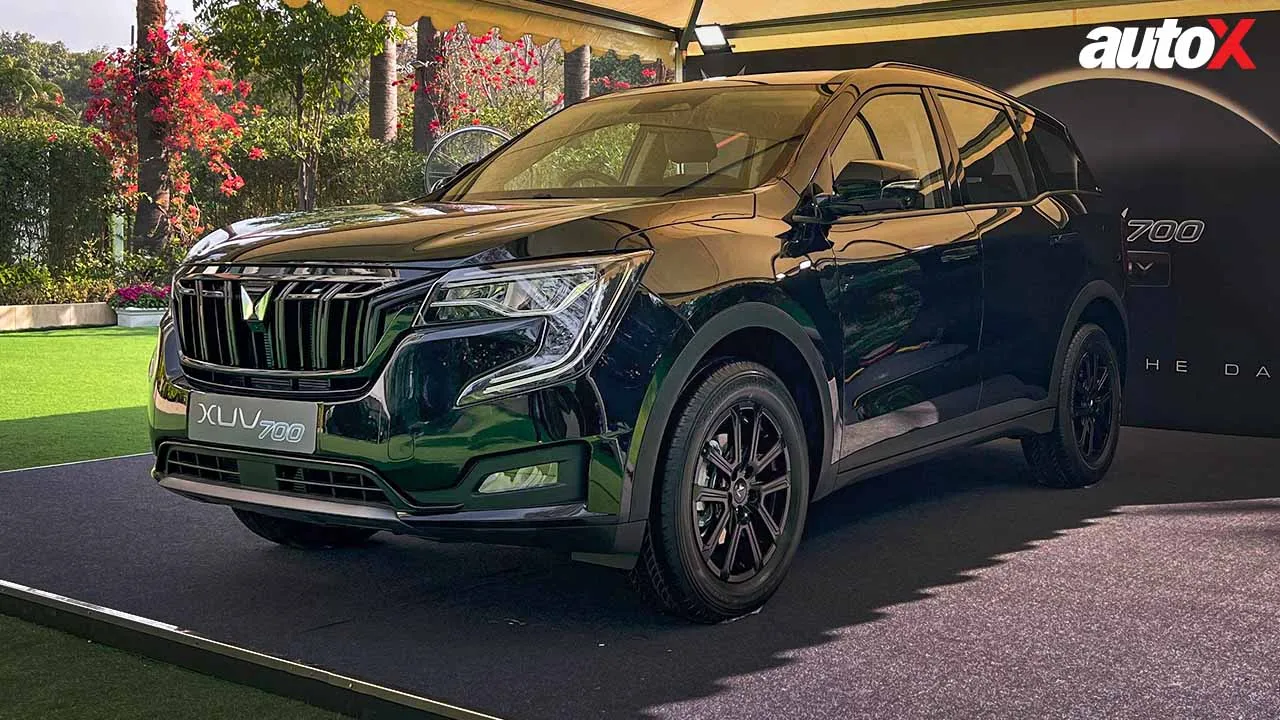Honda Africa Twin: Dual-clutch automatic gearbox explained
A closer look at the DCT Transmission in the Honda Africa Twin. The new Africa Twin has made waves in the ADV bike segment across the world and it is now available in India. hardcore enthusiasts have raved about the bike and the sort of technology it comes with.

A closer look at the DCT Transmission in the Honda Africa Twin
The new Africa Twin has made waves in the ADV bike segment across the world and it is now available in India. hardcore enthusiasts have raved about the bike and the sort of technology it comes with. One of these technological marvelBuilding up on its legendary status many s is the DCT Transmission, which is optional in other markets, but here in India the Africa Twin DCT is the only variant of the bike on sale.
There is speculation amongst many hardcore enthusiasts here in India that a DCT Transmission doesn’t suit ADV bikes, but the fact of the matter is that it doesn’t matter what they think because if you want to buy the Africa Twin in India, the DCT is what you are going to get. So, we decided to take a closer look and find out more about the DCT.
Back in 2010 Honda launched the VFR and this massive super sports tourer also came with a DCT transmission. We got to sample the bike and we were blown away buy it performance, especially the DCT. The DCT is simply an automatic transmission. Two separate clutches change gears with each clutch changes three gears – one clutch for 1, 3, and 5 and the other for 2, 4, and 6. In this process, while one clutch is disengaging, the other is engaging and this allows for seamless, almost imperceptible shifting. And it certainly was impeccable on the VFR.
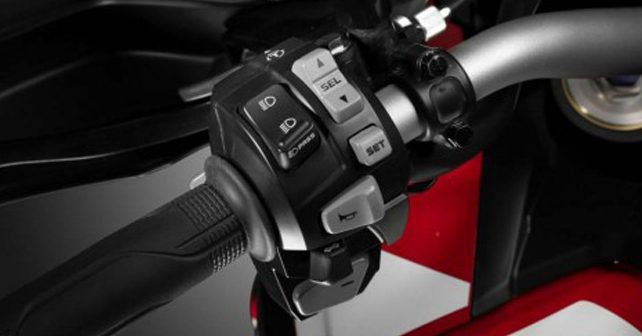
The DCT on the Africa Twin works in the same way. There is no clutch lever or foot lever. This may take some time getting used to, but you will get the hang of it eventually. The Africa Twin gets four different modes that the DCT can be set to. Depending on how aggressive you want to ride you can adjust how the bike will automatically switch gears for you. In the regular D mode you can cruise around town. In this mode, you save fuel as the bike shifts at lower revs. Then you also get three different S modes. Each S mode is more aggressive than the other, so depending on how fast and aggressive you want to be, just simply select your preferred mode.
There is also a manual mode where you can manually control the gear shifts with a finger trigger for upshifting and a thumb button for down shifting. This works just like any other manual motorcycle, in fact even if you are engaged in any of the other modes you can always down shift with the thumb button at any time, if you feel that the bike has shifted up to early. This means that the naysayers of the DCT transmission are actually wrong to assume they don’t always have full control of the bike.
How does the bike know when to shift? Well, the ECU on the Africa Twin monitors engine rpm and throttle opening to decide when to shift. There is also a sensor that monitors the tilt angle of the bike so that it knows if you are going uphill or downhill. So even if you are climbing up a hill, the bike will know to hold a gear longer than usual so you get better torque for your climb. What's even more impressive is that there is also a G mode where the clutch engagement is at its most aggressive.
So there really isn’t any negative with having a DCT besides the fact that you will just need to correct a few shifts every now and then. The biggest advantage though is quite an obvious one. Everyone would like to think that they are great riders and that they can handle long and enduring rides without fatigue, but that’s not true. A DCT can be very useful in these situations. A DCT is great to have when you are tired, or if your bike is loaded with gear, or if you have a passenger.
So while many hardcore enthusiasts may still opt for a fully manual version of the Africa Twin they might miss out on an opportunity to make their riding a little easier. For most beginners though, and even for older riders, the DCT will be great. In India, the DCT will work wonderfully because no matter where you live you need to do a lot of highway riding to get to an adventurous place to do any sort of trail riding. So, the DCT will certainly make your riding experience a lot easier and comfortable.
Also read: CVT, Torque Converter, AMT & DSG: Automatic Gearboxes explained

